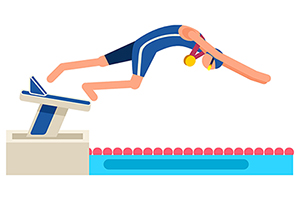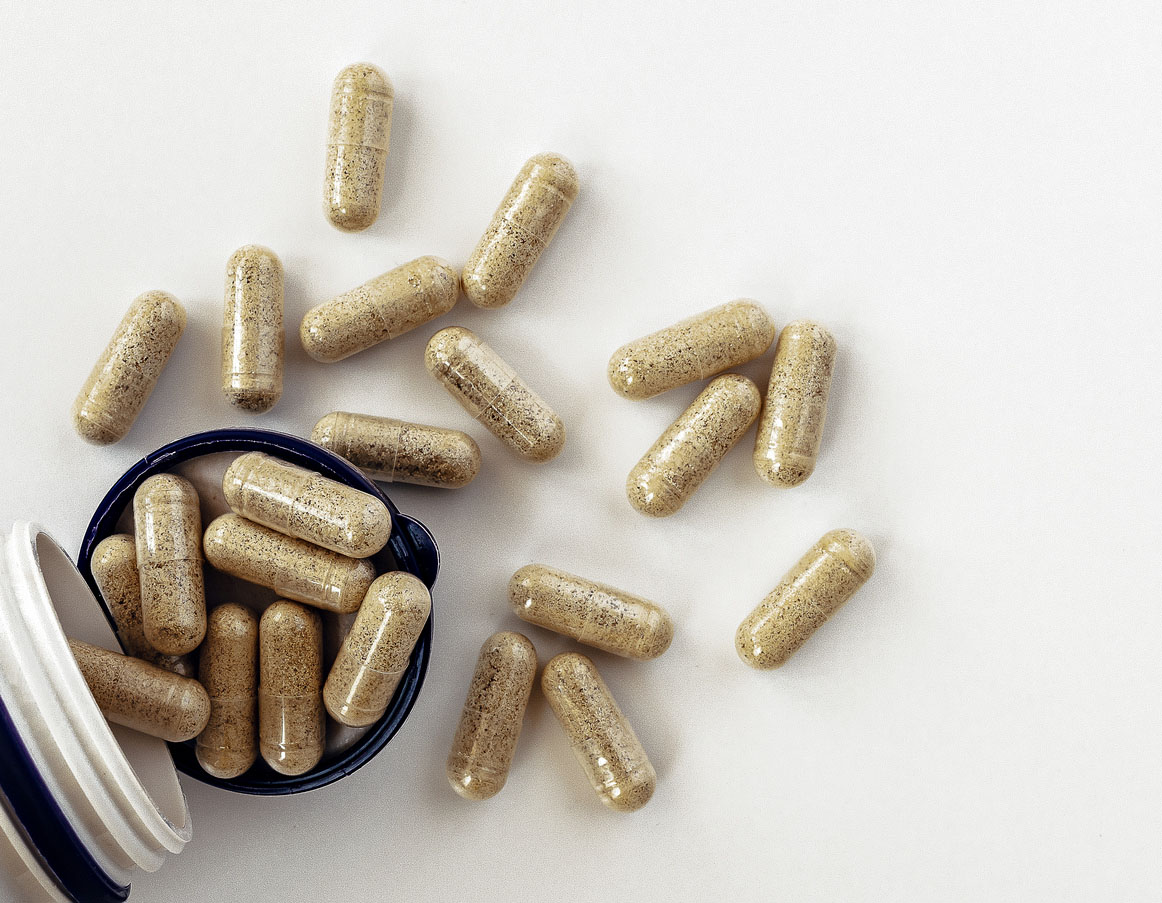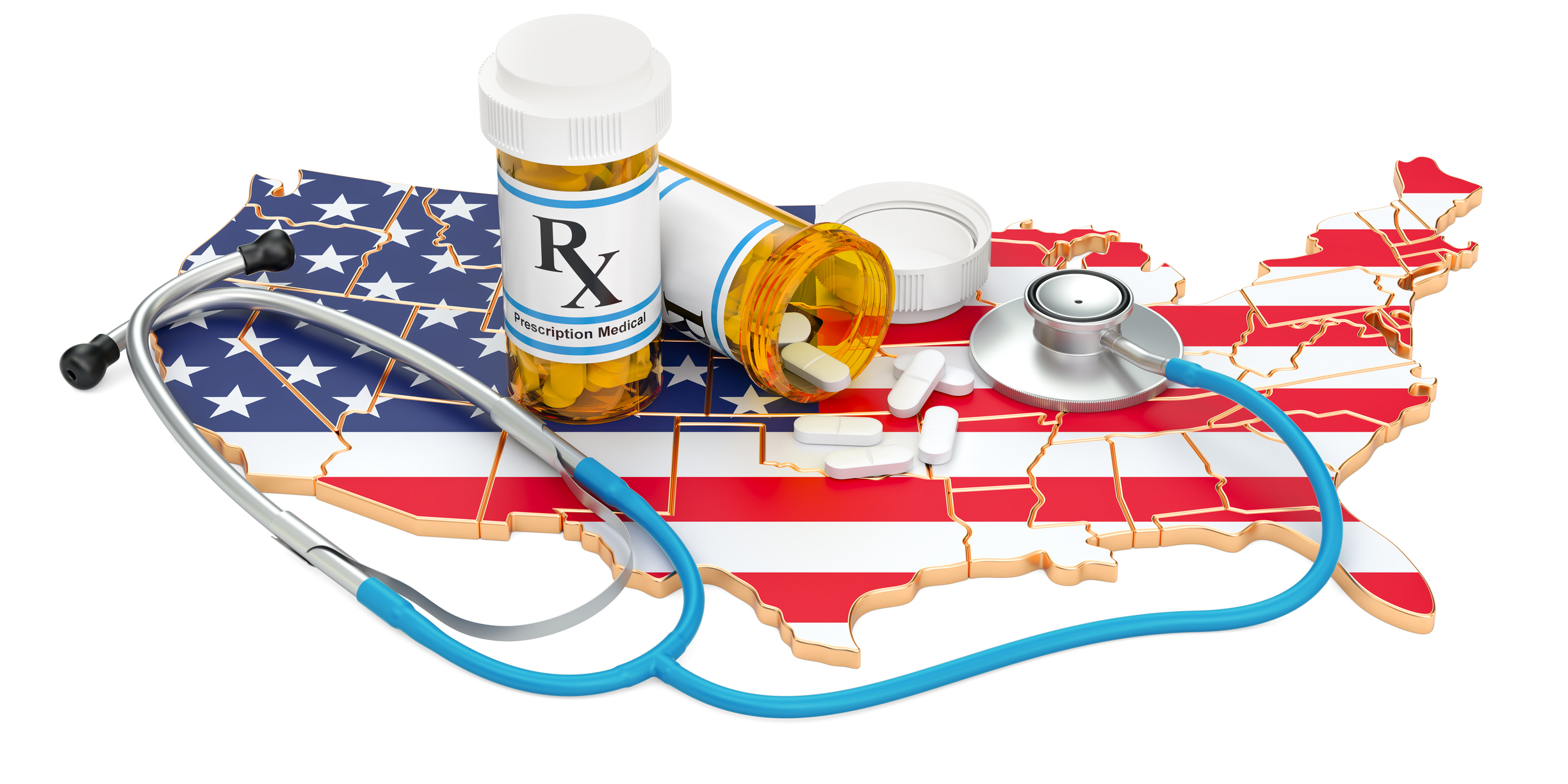With the Olympics underway, PEDs (performing-enhancing drugs) are once again in the spotlight.
In an unprecedented move, Russian athletes have been banned from the Tokyo Olympics due to widespread, systemic and state-condoned doping. (They may compete individually, but not as teams).
But the use of PEDs remains pervasive. An Economist article notes: “Sport is still rife with doping; Between 10% and 40% of athletes in Tokyo might be cheating”.
The various methods are ingenious. One is by increasing the oxygen-carrying capacity of the blood via blood transfusions or the use of EPO, a drug normally used to increase blood counts in patients suffering from anemia of kidney disease.
Another classic technique is via a raft of anabolic steroids—drugs that increase muscle volume. A related technology is boosting growth hormone. Both types of doping figured prominently in notorious sports scandals in Major League Baseball, the National Football League, and the Tour de France.
Then there are various stimulants like amphetamines. Cyclists in mid-20th century bicycle races used to brace themselves with cocktails of cognac, caffeine, barbiturates and Benzedrine. Deaths have occurred due to excess stimulation of heart rate.
Another new class of drugs, myostatin inhibitors—originally designed to help sufferers of degenerative muscle diseases—slows the breakdown of muscle tissue, offering an alternative way of increasing power.
There’s an ongoing cat-and-mouse game between cheaters and WADA—the World Anti-Doping Association. New, innovative technologies attempt to keep one step ahead of regulators’ detection abilities.
Recently, in a headline-making case, a US Olympic contender, sprinter Sha’Carri Richardson, was disqualified because she was found to have detectable residues of marijuana in her bloodstream. Pot probably doesn’t enhance performance, but it may help athletes relax and recover between workouts, or ease the pain of endurance events.
There’s a move afoot to legalize marijuana for athletes in keeping with liberalization worldwide. In fact a new book extols the benefits of pot for workouts—Runner’s High: How a Movement of Cannabis-Fueled Athletes Is Changing the Science of Sports. That is, if you can find the finish line!
In that vein, CBD (cannabidiol) has just been deemed legal for Olympic contenders, a move I applaud. It may help facilitate restorative sleep, reduce inflammation due to repetitive stress, and ease DOMS (delayed-onset muscle soreness). I use it! My favorite brand is CV Sciences. I also liberally apply topical CBD to ease muscle soreness.
I’m not a fan of pharmaceutical PEDs, because they all have downsides. Why mortgage your future health for a few moments of athletic glory?
But I do believe there are safe, natural performance-enhancers that are compatible with good health.
Caffeine: This is one of the most traditionally-invoked ergogenic aids in sport. A review in Current Sports Medicine Reports states: “Several studies have demonstrated an improvement in exercise performance in submaximal endurance activities.” But there’s a catch: If you’re a frequent caffeine consumer, you won’t get much boost from a pre-workout dose. I’m caffeine-naive, meaning I only drink decaf; when I need a jolt for a long bike workout or a race, I put a caffeine-laced electrolyte tablet in my water bottle for a little added pep. So use it sparingly!
Curcumin: Exercise engenders repetitive stress injury. Whether it’s muscles, tendons, ligaments or joints, every athlete encounters it. That’s because exertion promotes free radicals and inflammation. Curcumin is a potent antioxidant and anti-inflammatory. In contrast to NSAIDs like ibuprofen, curcumin doesn’t simply mask pain while accelerating cartilage deterioration. A review of curcumin for athletic performance concludes, “Participants supplemented with curcumin displayed reduced inflammation and oxidative stress, decreased pain and muscle damage, superior recovery and muscle performance . . .” These days I’m using liquid Turmeric Liposome Complex by Future Pharm in convenient dropper form.
EFAs: For the same reason that curcumin is useful against inflammation, it’s good for athletes to load up on Omega-3s. A study in the Journal of the International Society of Sports Nutrition concludes: “Our data indicates N-3 PUFA supplementation improved peripheral neuromuscular function and aspects of fatigue.”
CoQ10 or Ubiquinol: These substances work to support mitochondrial energy production. A study of CoQ10 administration concluded it,“tended to increase time to exhaustion.” I’ll take some of that!
NAD: Another mitochondrial support supplement, it comes in various forms. My preferred NAD product is TruNiagen. While its role in promoting exercise performance remains controversial, boosting muscle levels of NAD seems like a plausible way to extend aerobic capacity. NAD can restore age-related muscle deterioration, research finds.
DHEA: Dehydroandrosterone is a weak anabolic steroid. As such, its use by professional athletes is prohibited, but I’m an amateur. DHEAhas mood-supportive and anti-aging effects. According to a recent study, “DHEA replacement has the additional beneficial effect of enhancing the increases in muscle mass and strength induced by heavy resistance exercise in elderly women and men.”
Dietary nitrates: Derived from beets, these plant substances promote nitric oxide, a known vasodilator, boosting blood flow. Frequently used by athletes, studies demonstrate that they can improve performance and endurance. My favorite is professional-grade Berkeley Nitric Oxide Support.
Magnesium: An essential cofactor for muscle metabolism, magnesium is frequently depleted with perspiration and under stressful conditions. Cardinal symptoms of magnesium deficiency are cramps and muscle weakness. It’s been theorized that magnesium could enhance exercise performance. I like to spike my water bottle with stevia-infused Reacted Magnesium powder for long bike rides.
Vitamin D: There’s evidence that vitamin D plays a role in muscle strength, but it’s not clear whether getting your D via sunlight exposure or oral supplementation is preferable. Vitamin D is said to improve athletic performance when administered to vitamin D deficient athletes. The Chicago Blackhawks hockey team became the first Vitamin D teamin modern professional sports history in 2009. They went on to win the Stanley Cup in 2010.
Urolithin A: Marketed as Mitopure™️, Urolithin A is derived from pomegranates. Research demonstrates it’s a mitochondrial enhancer, with the potential to improve muscle function.
NTFactor®: I’ve long been a fan of NTFactor® for its energy-boosting effects. It restores the efficiency of mitochondria, and is well-studied for its ability to reverse fatigue and combat aging.
Glucosamine/chondroitin: When it comes to athletics, you’re only as good as your joints. That’s why I’ve been an inveterate user since the 90s. While, admittedly, studies on glucosamine/chondroitin for osteoarthritis have yielded mixed results, research supports its use by athletes to speed recovery from injuries.
I wonder how many Olympians are using some of these?







